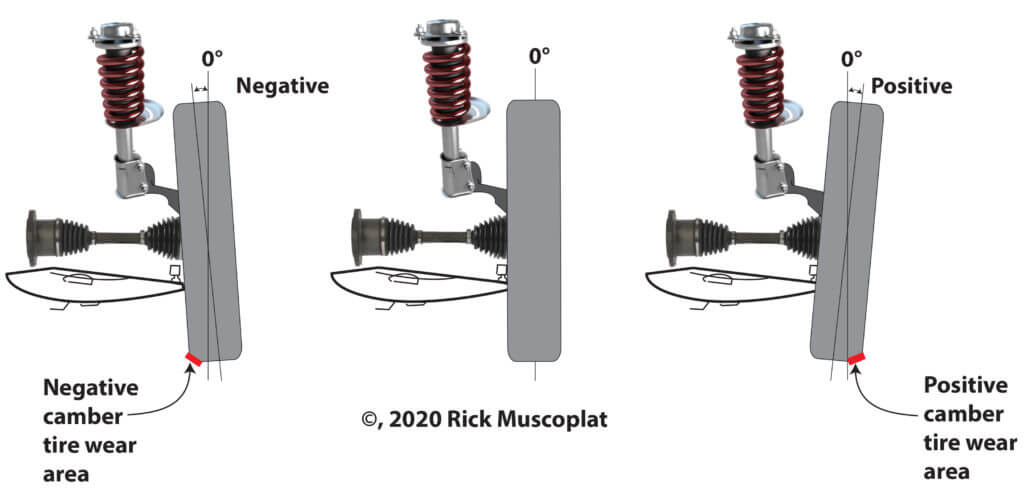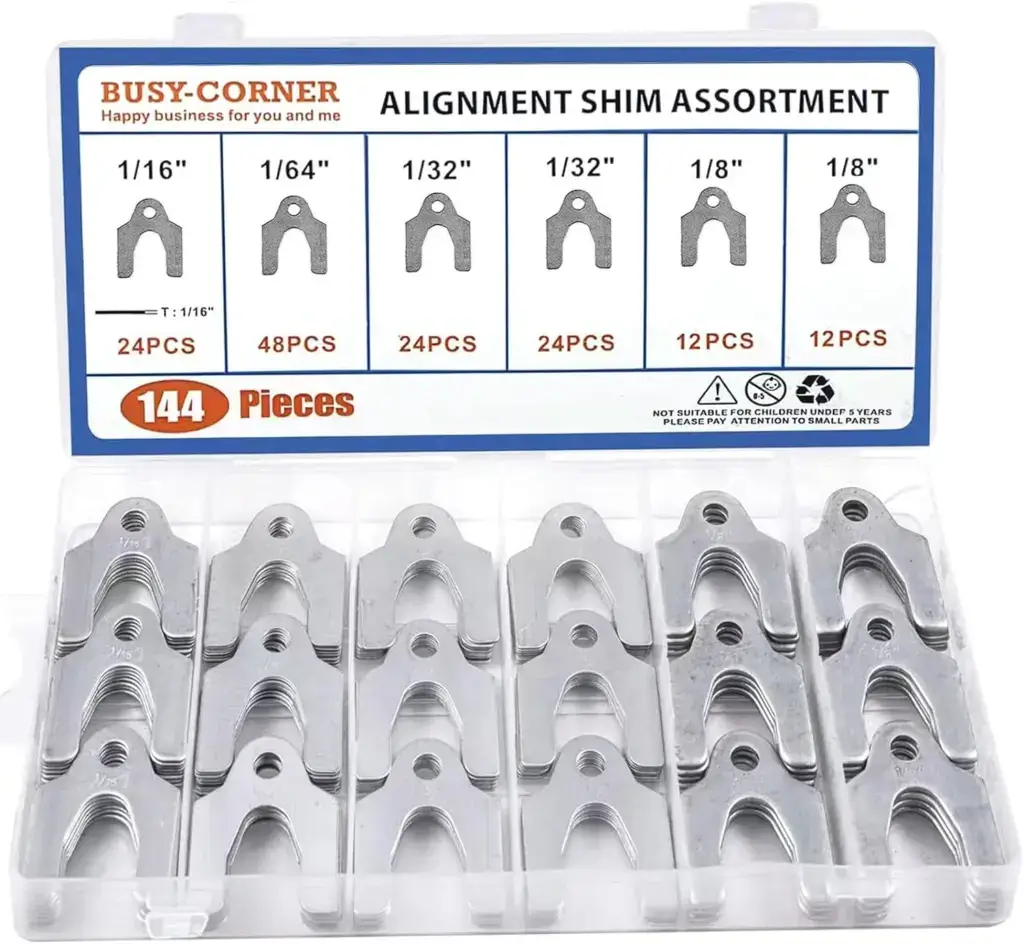How Negative Camber causes tire pull and wear
Too Much Negative Camber Affects Your Driving and Reduces Tire Life
Camber refers to the inward or outward tilt of your wheels relative to straight vertical orientation. Negative camber means the top of the wheel tilts inward slightly towards the engine rather than standing perfectly straight.
Most carmakers specify a small amount of negative camber to provide better grip and cornering performance.
The most common causes of improper or negative camber are: pothole damage, sagging springs, deformed struts or strut mounts, bent control arms, and abused tie rods.and suspension wear. Each can cause your vehicle to have too much negative camber, and that can cause a pull and excessive tire wear.

Is there a benefit to negative camber?
Yes. If you’re an aggressive driver and are involved in racing, setting your vehicle with negative camber can provide better handling during heavy cornering. On the flip side, a lot of negative camber decreases tire contact in straight ahead driving and you’ll experience increased tire wear on the inside tire shoulder area.
That is why people with high-performance vehicles which corner frequently want to have negative cambers on their front wheels.
Camber Affects Tire Wear
Excess negative camber shows up as accelerated tire wear on the uneven inner tire shoulder. This happens due to the inward tilt, causing most of the tire’s weight to ride on only a small portion of the tread. Concentrating all that force and friction on that narrow strip of tire causes it to wear out quickly.
If left unaddressed for too long, the inner shoulder will be bald or even worn to the point where the belts or plies are exposed. That’s a dangerous situation that can result in a flat tire or even a blowout. Worse than the rapid tire wear is the fact that excessive negative camber greatly reduces traction and vehicle control, especially in wet and icy conditions.
How to fix negative camber
During an alignment the shop corrects camber several ways, depending on the suspension design.
On a McPherson strut suspension, the tech adjust camber by moving the strut-to-knuckle position out slightly. If the strut-to-knuckle posting isn’t adjustable, the technician may have to grind out the strut mount holes to elongate them, allowing the top of the strut to move out, away from the engine.
On a conventional short-arm, long arm system, the technician installs or removes shims at the control arm-to-frame mounting positions.
What else causes camber issues besides
On many vehicles, negative camber is non-adjustable requiring replacement of bent or worn components first.
Fortunately, a routine front end alignment check can reveal negative camber issues before tire inside shoulders become completely degraded. Have alignment checked any time you rotate or replace tires to minimize uneven wear issues before they accelerate replacement costs.
With properly realigned wheels and a freshly minted set of replacement tires installed, your vehicle will regain surefooted confidence inspiring grip and balanced tread wear longevity through many extra miles of service life. Care for your tires by keeping a sharp eye on wheel camber alignment and have it corrected the moment uneven wear appears.
©, 2022 Rick Muscoplat
Posted on by Rick Muscoplat
